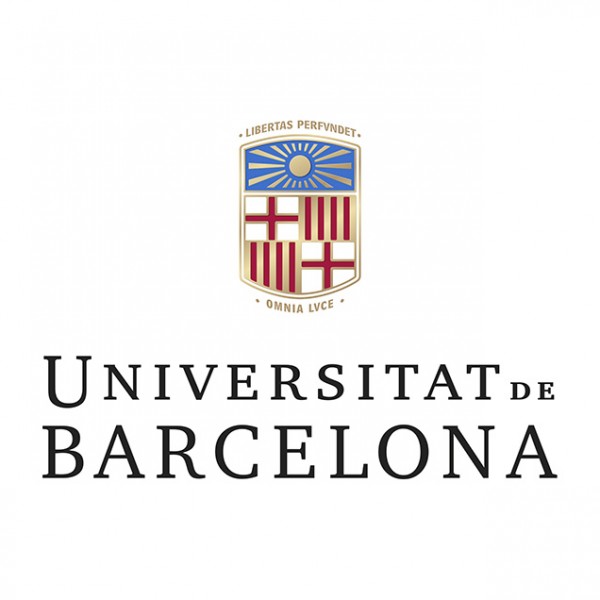ICCUB seminar. Tanio Díaz-Santos: “Gas and Dust Properties of Luminous Infrared Galaxies” [NOT TRANSLATED]

Luminous Infrared Galaxies (LIRGs), with IR luminosities > 10^11 Lsun, represent a key stage in galaxy formation and evolution. They are the most important population of galaxies at redshifts z > 1, accounting for more than 50% of all star formation produced in the Universe at those epochs. Studying their local counterparts is therefore fundamental for our understanding of the physical properties and phases of the inter-stellar medium (ISM) in active galaxies, near and far. At low redshift, LIRGs range from what is called the main-sequence (MS) of star-forming galaxies to out-of-MS systems. Their bolometric luminosity is dominated by massive, compact bursts of star formation, also show a wide range of contributions from active galactic nuclei (AGN).
Nearby LIRGs are a mixture of isolated disk galaxies, interacting systems, and advanced mergers, covering the entire range of interaction stages. Here I will present results regarding the gas and dust properties of the largest, most complete sample of LIRGs in the local Universe:
The Great Observatories All-sky LIRG Survey (GOALS). The full coverage of Spitzer and Herschel imaging and spectroscopic observations allow us to study their ISM and investigate differences among sources as a function of AGN activity, merger stage, dust temperature, and compactness of the starburst – parameters that are thought to control the life-cycle of galaxies moving in and out of the MS, locally and at high-z.
Finally, I will discuss recent results based on ALMA observations of the ionized gas in W2246-0526, a high redshift (z=4.6) Hot, Dust Obscured Galaxy that is also the most luminous galaxy in the Universe known to date. [NOT TRANSLATED]
